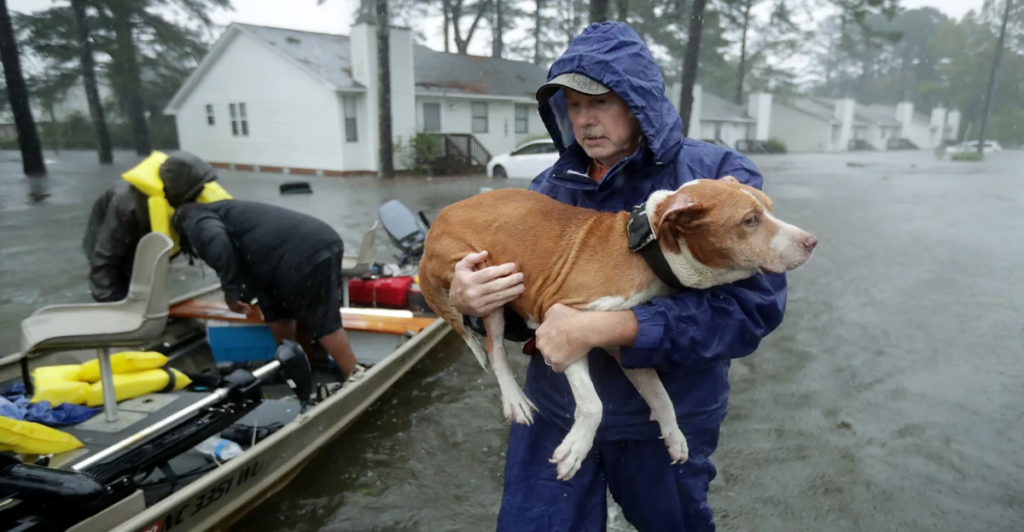
In March 2025, President Donald Trump signed an executive order that transfers disaster preparedness responsibilities from the Federal Emergency Management Agency (FEMA) to state and local governments. This action has raised tremendous concern among environmentalists and wildlife protection agencies, which believe that states do not possess the necessary resources and expertise to effectively protect natural habitats during disasters.
Previously, FEMA played a pivotal role in disaster relief coordination efforts, ensuring both wildlife and human communities received the intervention and help during natural disasters and emergencies they needed. Decentralizing this duty casts doubt on how successful future disaster relief responses will be, particularly in protecting and preserving biodiversity and sensitive ecosystems.
The Executive Order and Its Implications
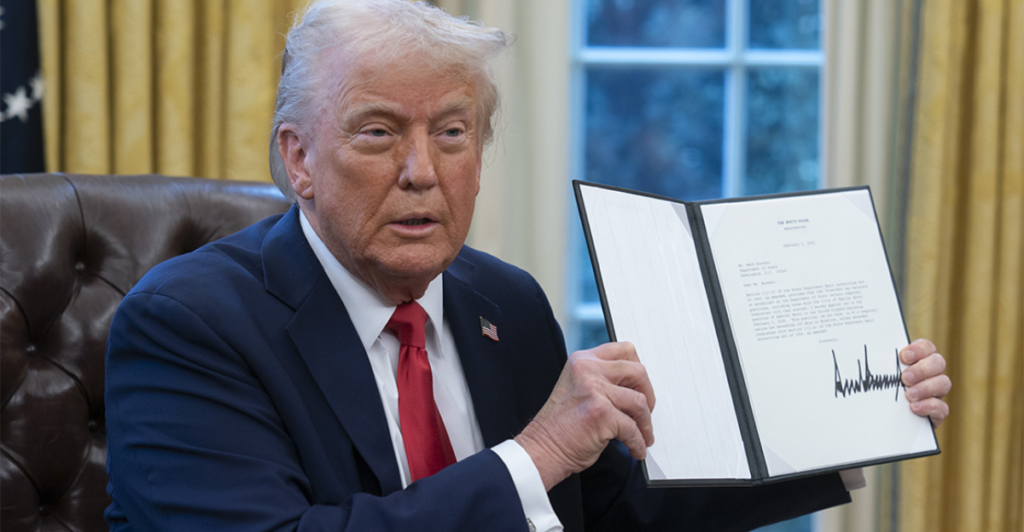
President Trump’s executive order prioritizes a “common sense” policy, requesting that state and local governments take the lead in disaster preparedness and response. The administration argues that decentralized management allows for more targeted and efficient responses to regional threats, ranging from wildfires to hurricanes and cyberattacks. Critics, however, argue that this change will likely result in inconsistencies and gaps in disaster management efforts, particularly in environmental protections that require coordinated federal oversight.
Further, state-led approaches run the risk of fragmenting these protections. For example, only 12 states have emergency procedures tailored to wildlife, despite the fact that 73% of FEMA’s disaster designations since 2020 have encompassed habitats for threatened species. Decades of federalized expertise in disaster ecology could be undone by this change.
FEMA’s Past Role in Disaster Response
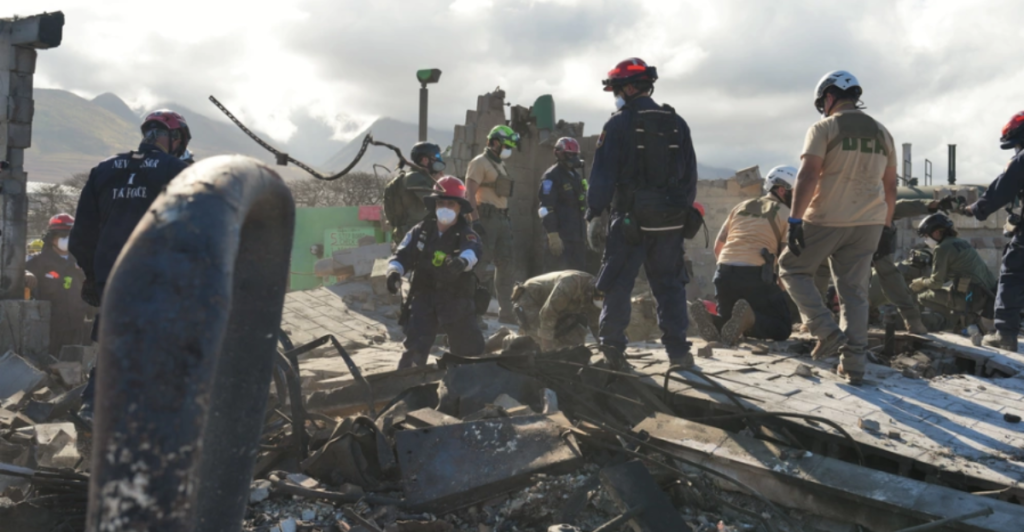
Since its founding in 1979, the Federal Emergency Management Agency (FEMA) has been a key player in disaster response, combining various federal disaster response agencies into a single entity. Its main purpose is to ensure that relief operations are prompt, well-coordinated, and supported by the federal government’s financial and logistical might.
FEMA’s important role was observed during Hurricane Katrina in 2005. While there was a general lack of coordinated efforts during this event, which led to extensive damage to wetlands and displacement of numerous species, FEMA still ensured that billions in federal aid were used to rebuild infrastructure and helped implement stronger disaster preparedness protocols.
More recently, FEMA organized the necessary resources in the 2023 Hawaii wildfires, such as search and rescue teams, to assist the region and mitigate environmental risks. The agency’s efforts have continually ensured that there are coordinated and collaborative efforts when responding to disasters nationwide.
State Capacities and Challenges
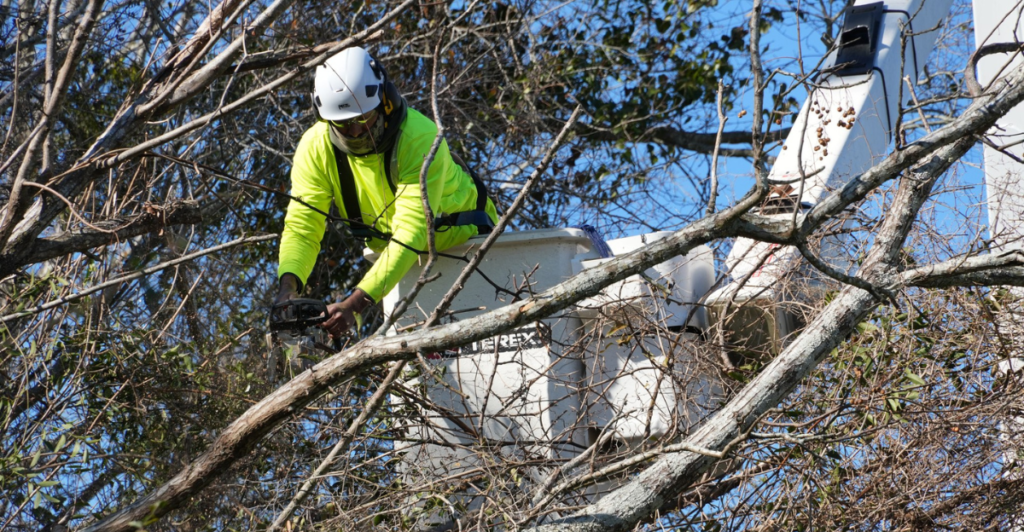
State and local governments have traditionally been at the core of disaster response. However, shifting the primary responsibility from FEMA to the states raises serious questions about individual states’ ability to properly respond to and manage major emergencies effectively. While states possess an individualized knowledge of their regional ecosystems, few states have the necessary resources to manage such events on their own.
The proposed transition places additional burdens on state budgets and can create inequities in their capacity to respond to disasters, particularly in states with fewer resources. For example, certain states, such as California, Texas, and Florida, have well-funded disaster response agencies and experience managing repeated hurricanes, wildfires, and floods. In contrast, other states lack these resources and rely on federal oversight.
The Role FEMA Has Played in Wildlife Protection
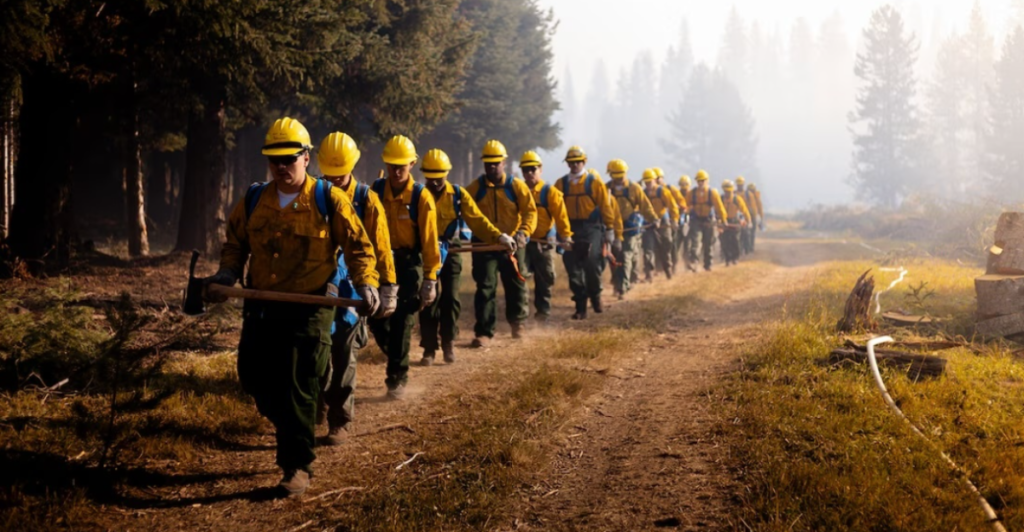
FEMA has long worked with organizations such as the U.S. Fish and Wildlife Service (USFWS), the National Park Service, and the Environmental Protection Agency (EPA) to ensure that disaster recovery does not harm already compromised ecosystems.
FEMA’s Environmental and Historic Preservation (EHP) program also requires all disaster recovery initiatives funded by the federal government to comply with laws such as the Endangered Species Act (ESA), the Clean Water Act, and the National Environmental Policy Act (NEPA). This has kept some of the hazardous reconstruction efforts at bay, such as the construction of flood walls that disrupt wetland ecosystems or the inclusion of toxic substances in wildfire rehabilitation.
Impact on Wildlife Protection Efforts
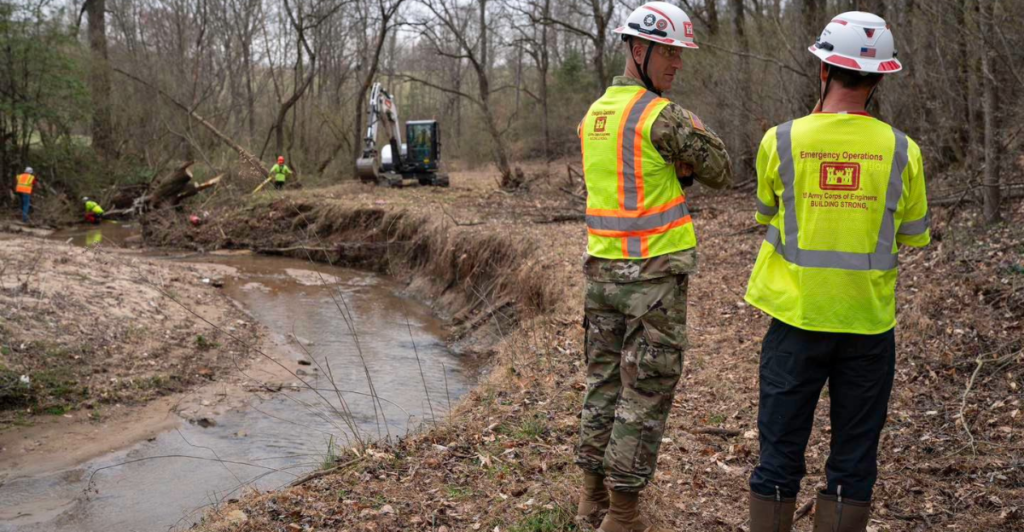
Disasters pose significant threats to wildlife, destroying habitats and disrupting ecosystems. Since policies made after 9/11 prioritized interagency cohesion and included wildlife protections in recovery plans, FEMA’s coordinated efforts included provisions for wildlife conservation in collaboration with environmental agencies.
With control decentralized to the states, many fear that provisions for wildlife will be downgraded in favor of economic interests. For example, Texas’ 2023 hurricane response saw conflicting priorities between agricultural lobbies, who wished to prioritize livestock, and conservationists, who focused on protecting whooping crane habitats.
Further, state-level programs have already proven to lack adequate protocols to evacuate endangered species. For example, in California, the wildfire response program was unable to rescue California Condors, resulting in a 15% population decline.
State-Led Disaster Responses Case Studies
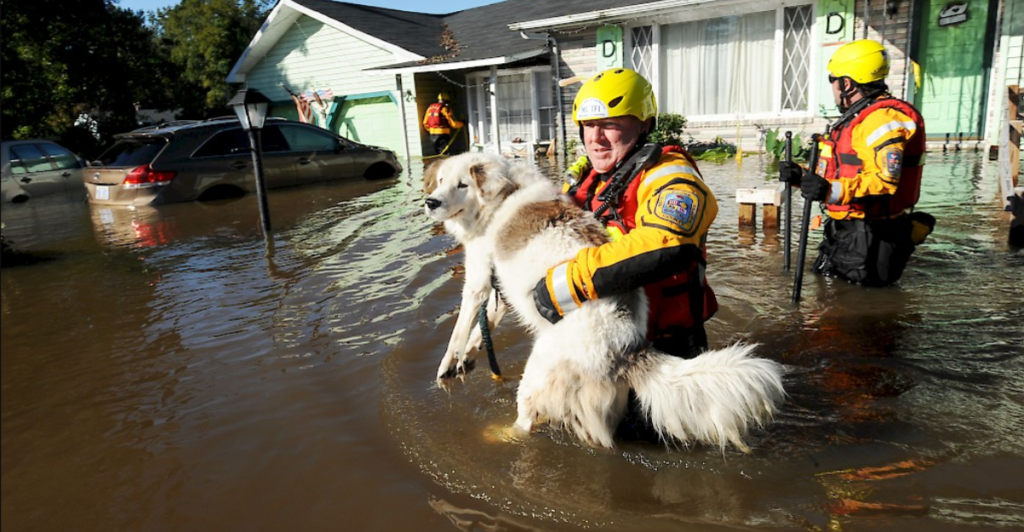
During the 2023 floods in the Northeastern United States, Vermont’s state and local governments led the recovery efforts with mixed success. This shows that while local efforts played a vital role, the absence of effective federal coordination proved difficult.
The Federal Emergency Support Function #11 (ESF #11) aims to ensure technical support for animal welfare, habitat restoration, and pollution control during disasters. Previously, in the absence of federal action, local economic interests would have deprioritized 62% of ESF #11’s animal rescue efforts from 2016 to 2023.
As state-led models break down these functions, the degradation risks returning to the fragmentation that existed prior to 1979, when 80% of species losses from disasters were the result of disorganized responses.
Finding Flexibility in Decentralization

Those in favor of this shift argue that decentralizing disaster response can encourage innovation and adaptability, allowing states to develop strategies that are more appropriate for their particular environmental context without needless bureaucratic red tape. Therefore, flexibility is one of the main justifications for decentralization.
As a federal organization, FEMA frequently faces inefficiencies, slow decision-making, and red tape, all of which can cause emergency response activities to be delayed. For example, FEMA was widely criticized for its slow deployment of aid to Puerto Rico after Hurricane Maria in 2017, where logistical and bureaucratic red tape left millions without clean water or electricity for months.
As such, supporters believe that states can move more quickly to deliver resources and relief where they are most needed if they have greater control over their disaster response plans.
Lessons from International Models
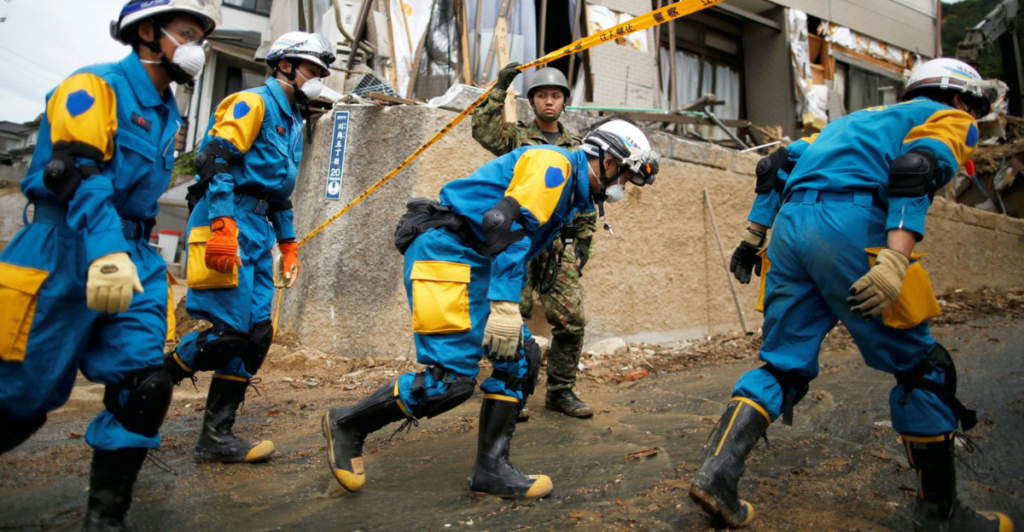
The U.S. could learn from international disaster response techniques where nations, such as Japan, have implemented disaster management systems that factor in national coordination over local implementation. The Japanese system emphasizes community readiness and considers environmental aspects when planning for disasters.
Further, Australian systems ensure proactive disaster mitigation where states are left in charge, calling in federal agencies as a last resort. Still, they must integrate environmental protections into their disaster response plans rather than treating them as an afterthought.
Such models suggest that while local participation is important, broader national approaches are necessary to ensure consistency and effectiveness, particularly when trying to conserve and protect natural environments, wildlife, and ecosystems.
Moving Forward
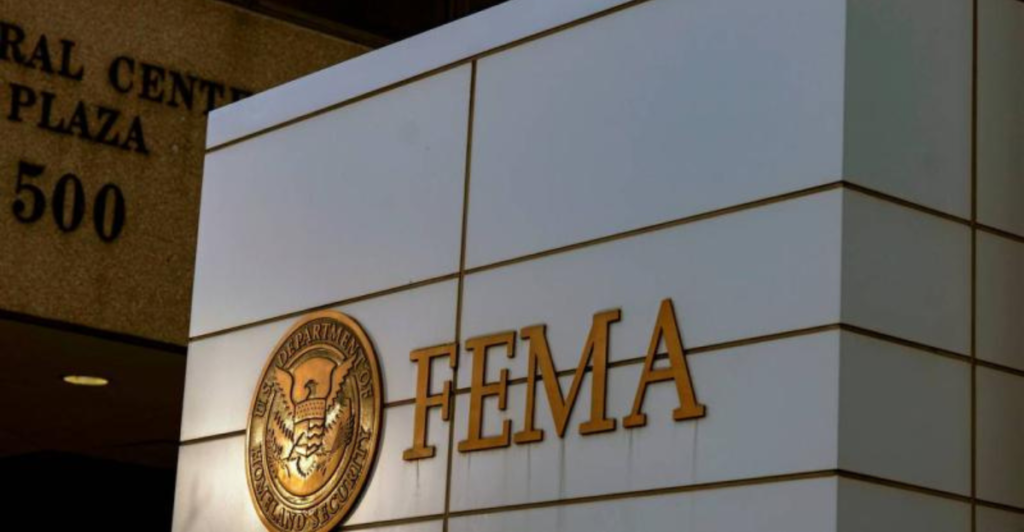
A hybrid approach can be adopted to counter the issue posed by the shift from FEMA to state control of disaster response. Establishing proper procedures and support systems that allow for state control but still maintain federal oversight can ensure that disaster responses remain effective while still including wildlife protection protocols.
This shift offers both opportunity and risk. Decentralization promotes innovation but undermines environmental protection and disaster equity. Without federal leadership, wildlife conservation and ecosystem restoration are at risk. Therefore, the future of disaster response lies in whether states will receive the proper funding and work to balance economic recovery with long-term ecological stewardship.
Explore more of our trending stories and hit Follow to keep them coming to your feed!

Don’t miss out on more stories like this! Hit the Follow button at the top of this article to stay updated with the latest news. Share your thoughts in the comments—we’d love to hear from you!







